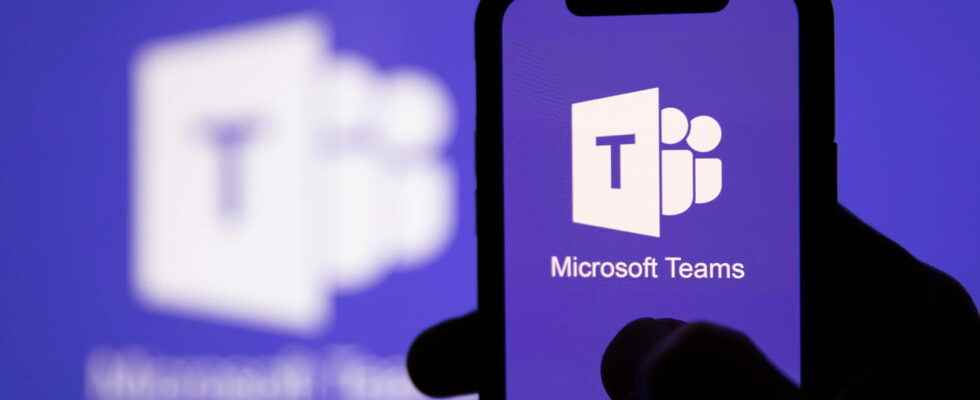Microsoft is expected to unveil a new version of Teams, its video conferencing solution, in March. Rebuilt from the ground up, it promises to perform significantly better on desktop using less system resources.
With the popularization of teleworking following the pandemic, videoconferencing and collaboration software have become an essential tool. To meet the high demand, they must constantly be improved so as not to be left behind by the competition. And that, Microsoft understood it well with Teams! THE 1er February, the company rolled out a Premium offering in the US with over 400 new features, including automated meeting summarization and presentation chaptering with timeline markers using ChatGPT (see our article). Other novelties should arrive soon since, according to the sources of The Vergethe Redmond company is preparing to launch a new version of the software next month, dubbed Teams 2.0, which has been rebuilt from scratch. The goal: to significantly improve its use of system resources on PCs and computers. laptop.
Teams 2.0: a complete and optimized overhaul
According to the anonymous media sources, Microsoft has started testing this new version of Teams on a large scale within the company and plans to roll out a preview to users in March. In development for years, this version 2?0 was announced at the end of 2021, without any other news thereafter – even if many improvements have since been made to the videoconferencing software, especially under Windows 11.
According to the latest information, Teams 2.0 should use 50% less memory, less CPU – although it’s unclear how much improvement Teams will have in this area – which would improve battery life on laptops when in use. These performance increases would be due to the abandonment of Electron – a set of tools and software components for desktop application development – to the latest Microsoft Edge WebView2 technology. The company is also expected to use the Javascript-based React library, which will allow its developers to make improvements to the user interface, while taking into account users of entry-level devices and low Internet access. bandwidth.
